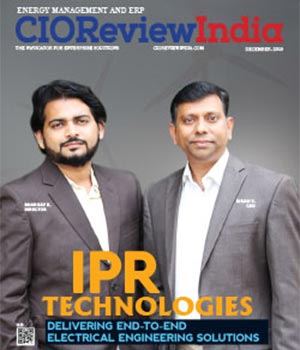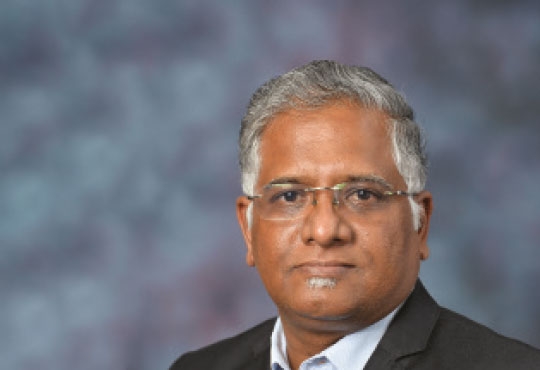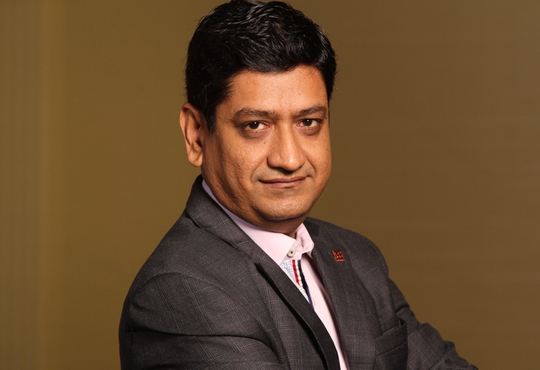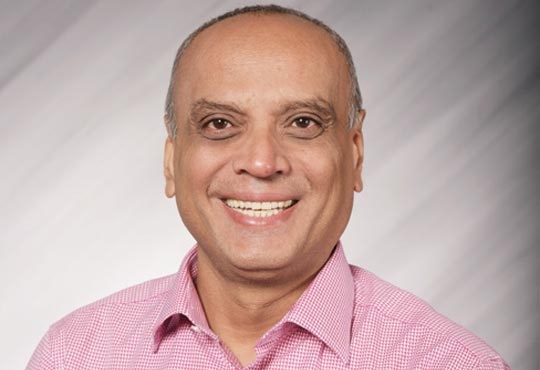IoT will be at the Heart of Smart City & Smart Grid Transformation
Prakash Chandrakar, Vice President & Managing Director – Schneider Electric Infrastructure | Thursday, 16 November 2017, 06:53 IST
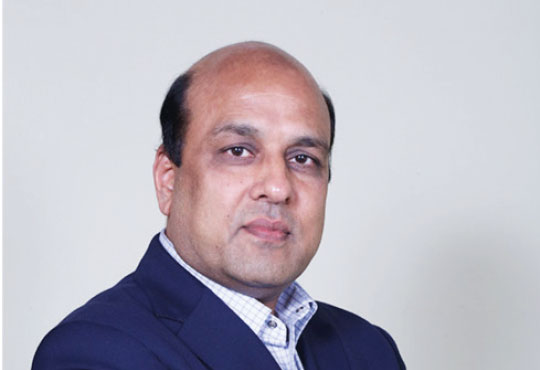 The rapid growth of India’s population has thrown up many challenges for its cities. These are compounded by rising expectations of its citizens as well as budget constraints. People today expect more efficient, sustainable and liveable environments, despite the challenge of rising numbers. Although city planners are keen to boost their citizens’ quality of life, unless the basic infrastructure is robust – water, gas, electricity, transport, solar power, sewage, rainwater harvesting, recycling, etc. – such plans can remain a nonstarter. The best way to achieve these goals is through the Smart City model.
The rapid growth of India’s population has thrown up many challenges for its cities. These are compounded by rising expectations of its citizens as well as budget constraints. People today expect more efficient, sustainable and liveable environments, despite the challenge of rising numbers. Although city planners are keen to boost their citizens’ quality of life, unless the basic infrastructure is robust – water, gas, electricity, transport, solar power, sewage, rainwater harvesting, recycling, etc. – such plans can remain a nonstarter. The best way to achieve these goals is through the Smart City model.
One may wonder, why Smart Cities? Consider some statistics. Today, cities comprise about 2 percent of the Earth’s surface, are home to around 50 percent of the global population, consume 75 percent of the world’s energy and are responsible for about 80 percent of its CO₂ emissions. Conventional cities can no longer handle such numbers, making Smart Cities a critical imperative now.
At the core of a Smart City’s creation is the Internet of Things (IoT), which will enable the integration of various infrastructures. The connected assets and services will generate a critical mass of big data. Constant analysis of this data will help create actionable information that can deliver better & more efficient services. Use of each service will be automated, monitored and controlled via a network of smart systems, ensuring savings in costs as well as resources.
Applications developed based on convergence of technologies like information technology and operation technology are allowing various subsystems in the city to collect, store and then exchange this data in real time at integrated City command and control centre level. These IoT enabled applications are focussed on improving the city infrastructural efficiency pro-actively across physical, social and economic infrastructure. Integrated management of subsystems in the city (with the help of IoT technology) can create more values for the citizens and utilities.
Annually, there’s a quantum jump in the amount and variety of smart devices’ data. Consequently, it’s estimated that more than 50 billion smart devices will be connected worldwide by 2020. To take full advantage of the IoT, however, highly-secure software infrastructure is needed that’s scalable, modular and has broad connectivity to manage and analyse immense amounts of data. Such a system could boost urban efficiency. Since infrastructure comprises the building-blocks of cities, improving their efficiency is central to becoming ‘Smart’. For this, smart operational technology and information technology platforms are required to address urban challenges and issues.
To elaborate, a city basically comprises a series of sub-systems. Although these sub-systems may work efficiently, these are usually operated separately under different city departments. Without a smart network, such systems don’t drive resource efficiency and long-term sustainability is always an issue. If systemic efficiency is improved via smart systems, it can ensure about 30 percent savings in energy, 15 percent reduction in water wastage and almost 20 percent reduction in travel time as well as traffic delays. Besides cost and resource savings, it leads to less pollution and better ambient air due to less traffic on the roads.
For IoT-driven systems and devices to work, uninterrupted power supply is crucial. A Smart Grid makes this possible. Even in extreme conditions, Smart Grids manage the balance between demand and supply by shedding non-critical loads in a predictive, planned manner. Thereby, critical services such as water supplies, sewage pumps, traffic and surveillance systems, etc. run smoothly.
If IoT-based smart solutions are deployed effectively, Smart Cities can be a game-changer – propelling India into the group of developed nations.
Let me elaborate on Energy Utility and IoT for future smart city as an example:
The Energy IoT
Our world is becoming More Electric. Almost everything we interact with today is either already electric or becoming electric. Think about it. From the time you start your day in the morning to the time you finish your day – your home, your car, your work, your devices, your entertainment – almost everything is electric. Imagine the energy needed to power this.
Energy will be More Distributed: With such a widespread electrification and connectivity, energy models need rethinking as well. Which is why the generation of power needs to be closer to users. Distributed Energy is rapidly evolving globally. This is positive energy – renewable. And it is getting cheaper to do this.
Energy will be More Connected: Our lives are also becoming more connected. The Internet has already transformed the way we live, work and play. Now the Connected Things is going to take this to a brand new level. 50 billion things are expected to be connected in the next 5 years. Imagine our new connected world…
Energy will have to be More Efficient: When our world is more electric, more connected and more distributed, new opportunities emerge and allows us to tap into even more efficiency – in industrial processes, in the energy value chain, in buildings, in transportation, in the global supply chain and even in the comfort and peace-of-mind of our homes. These gains and advances in efficiencies are driven by the convergence of Operational Technology and Information Technology.
The change in our world is more profound than ever. New technology platform, enabling integration of devices, infrastructures to edge control to analytics software to cloud and challenging us to redefine the way we live our lives.
In summary, the IoT is breaking down traditional industry boundaries. It connects assets, people, products, and services to streamline the flow of information, enable real-time decisions, heighten asset performance, mitigate supply chain risks, empower people, and help ensure efficiency and sustainability.
It is often said that the wheel is man’s most important innovation, but there is a strong case to be made for the innovation of datafication and integration of everything on the Smart City Platform which is changing the way we live and interact with the world.
CIO Viewpoint
ERP Systems Evolving to Improve Business Agility
By Abhrasnata Das
Transforming Manufacturing by Creating a...
By Thiagarajan N, Director IT at IMI Critical Engineering
How Reliance Entertainment leverages SMAC and...
By Sayed Peerzade, Group CIO, Reliance Big Entertainment & Reliance Entertainment - Digital
CXO Insights
Hit Reset with Technology as the Trusted Advisor
By Guruprasad Gaonkar, APAC SaaS Leader - Office of Finance (ERP) & Digital Supply Chain, Oracle
ERP Implementation: The Pitfalls to Avoid
By By Navjot Singh Sidana, General Manager – ERP, Delhi Integrated Multi-Modal Transit System (DIMTS) Ltd.
Power And Water Nexus Central To Data Center...


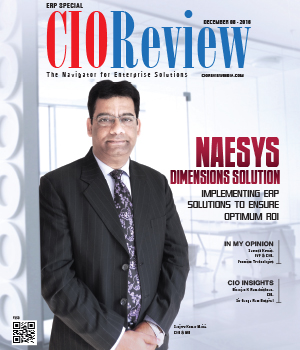
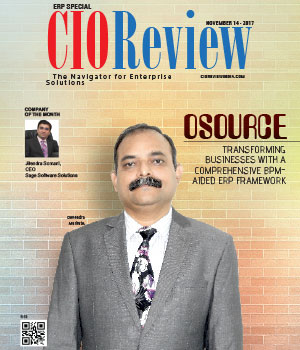
.jpg)
